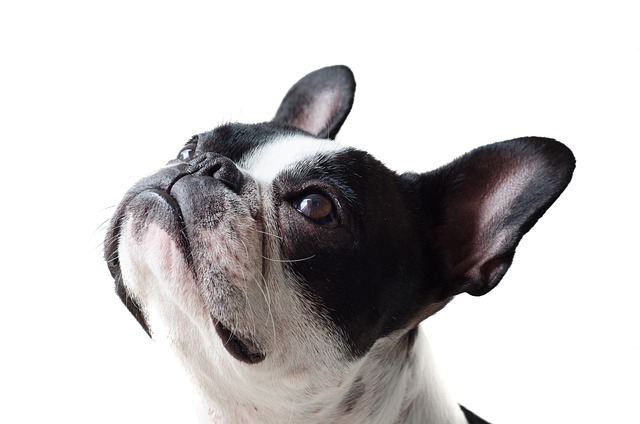
how to train a dog to not jump on the bed
When your pup’s paws hit the edge of the bed first thing in the morning, tail wagging like a metronome, it’s hard to stay firm—after all, those puppy eyes seem harmless.
Many dog owners confuse discipline with scolding or punishment, but the kindest and most effective way to guide your pup’s behavior lies in positive reinforcement. It’s not about letting bad habits slide—it’s about teaching your dog what you want them to do, rather than fixating on what you don’t. Think of it as building a conversation with your furry friend, where every good choice they make gets a high-five to encourage more of the same.
Timing is everything here. When your dog sits calmly instead of jumping on guests, or pauses at the door when you say “wait” before a walk, that’s the moment to react. A tiny piece of their favorite snack, a quick belly rub, or even an excited “Good job!” can work wonders. Dogs live in the now, so waiting even 10 seconds to reward means they might not link the praise to their good behavior. This isn’t just about treats, though—playtime with their favorite toy or an extra lap around the block can be just as motivating, fitting right into daily routines like morning walks or evening cuddles.
 Consistency helps them learn boundaries without confusion. If one family member laughs when the dog nips during play but another scolds, your pup will get mixed signals. Instead, everyone should respond the same way: when those needle-sharp teeth touch skin, pause play immediately and redirect to a chew toy. The second they grab the toy instead, light up—smile, toss them a kibble, and keep the game going. Over time, they’ll figure out what keeps the fun going, turning those “oops” moments into learning ones.
Consistency helps them learn boundaries without confusion. If one family member laughs when the dog nips during play but another scolds, your pup will get mixed signals. Instead, everyone should respond the same way: when those needle-sharp teeth touch skin, pause play immediately and redirect to a chew toy. The second they grab the toy instead, light up—smile, toss them a kibble, and keep the game going. Over time, they’ll figure out what keeps the fun going, turning those “oops” moments into learning ones.
It’s important to remember that positive reinforcement doesn’t mean ignoring unwanted behavior. If your dog starts digging up the garden, calmly lead them to their designated digging spot with some buried toys. When they start digging there instead, make a big deal out of it. This approach keeps training stress-free for both of you, which matters not just for your bond but also aligns with local guidelines that prioritize humane treatment of pets. No raised voices, no physical corrections—just clear, kind guidance.
Dogs thrive on connection, and positive reinforcement builds that trust. You’ll start noticing little wins: they’ll check in with you before darting after a squirrel, or settle quietly when you’re on a call. These moments aren’t just about obedience—they’re signs your dog feels secure knowing what’s expected. It takes patience, sure, but watching their tail wag harder when they nail a new trick? That’s the payoff.
At the end of the day, disciplining with positive reinforcement is about partnership. Your dog wants to make you happy; they just need to know how. By focusing on rewards, staying consistent, and keeping things positive, you’ll end up with a well-behaved pup who looks at you like you’re their whole world. And isn’t that the best part of having a dog?

When your pup’s paws hit the edge of the bed first thing in the morning, tail wagging like a metronome, it’s hard to stay firm—after all, those puppy eyes seem harmless.

When your lab mix’s paws hit the dining table mid-dinner, knocking over a glass of water, it’s easy to sigh—but that jump isn’t defiance. Dogs are natural scavengers
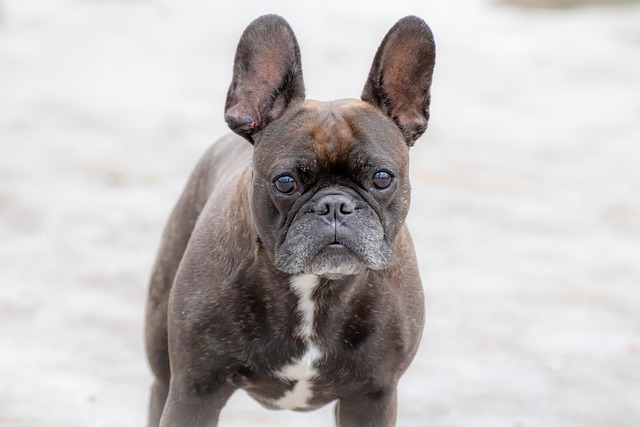
When your dog’s hackles rise, ears pin back, and low growls rumble in their throat, that tense body language isn’t “being bad”—it’s their way of saying
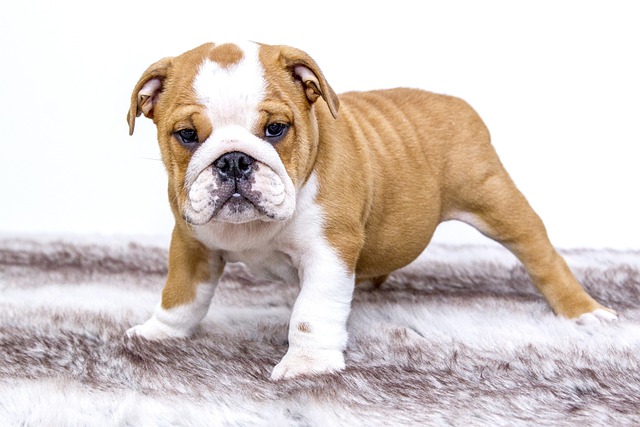
When your dog growls, snaps, or lunges—whether at a stranger, another pet, or even a sudden noise—it’s natural to feel the urge to “correct” the behavior firmly.
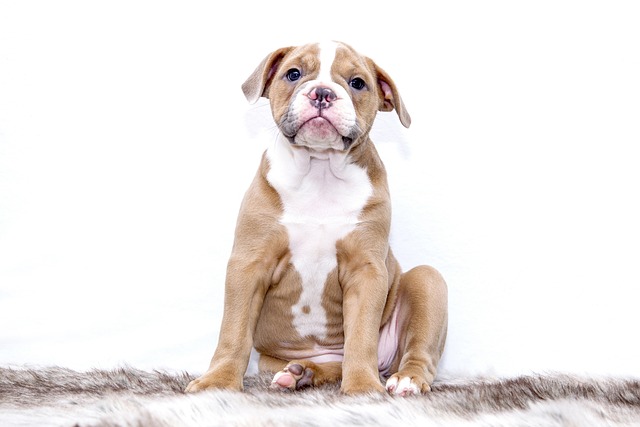
When you’re faced with a dog that growls, snaps, or lunges at other dogs, strangers, or even sudden sounds, it’s easy to feel discouraged
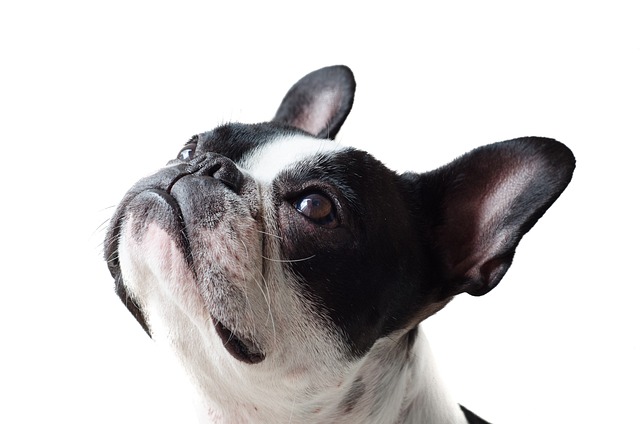
When your pup starts barking up a storm at the doorbell, the mailman, or even a squirrel outside the window, it’s easy to feel frustrated